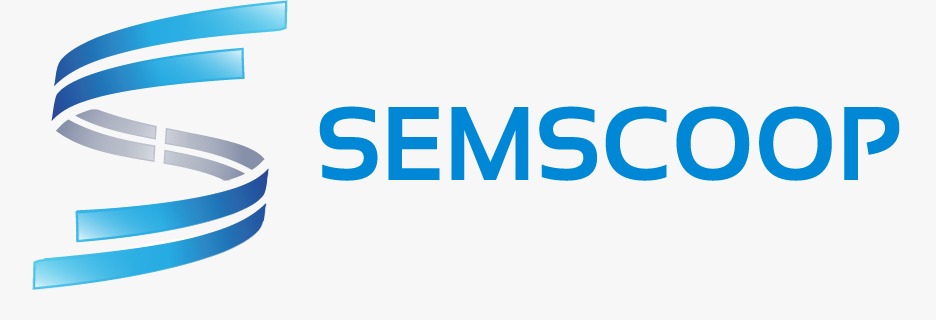HTML5-Technologies
Hypertext Markup Language revision 5 (HTML5) is markup language for the structure and presentation of World Wide Web contents. HTML5 supports the traditional HTML and XHTML-style syntax and other new features in its markup, New APIs, XHTML and error handling.

There are three organizations that are currently in charge of the specification of HTML5:
- Web Hypertext Application Technology Working Group (WHATWG) created the HTML5 specification and is in charge of the HTML5 development that provides open collaboration of browser vendors and other involved parties.
- World Wide Web Consortium (W3C) is in charge with delivering the HTML5 specification.
- Internet Engineering Task Force (IETF) is in charge of the development of HTML5 WebSocket API.

New features of HTML5 include:
- New parsing rules that are not based on SGML but are oriented towards flexible parsing and compatibility.
- Support of use of inline Scalar Vector Graphics (SVG) and Mathematical Markup Language (MathML) in text/html.
- New available elements include article, aside, audio, bdi, canvas, command, datalist, details, embed, figcaption, figure, footer, header, hgroup, keygen, mark, meter, nav, output, progress, rp, rt, ruby, section, source, summary, time, video and wbr.
- New available types of form controls include dates and times, email, url, search, number, range, tel and color.
- New available attributes of charset on meta and async on script.
- Global attributes that can be applied for every element that include id, tabindex, hidden, data-* or customer data attributes.














 +91-8375047612
+91-8375047612  +44 740 410 4529
+44 740 410 4529 +1 (978) 495-0388
+1 (978) 495-0388 


LIKE
like on Facebook
LIKE
Follow on Twitter
ADD
Sunray on Linkedin
Add
Sunray on pinterest